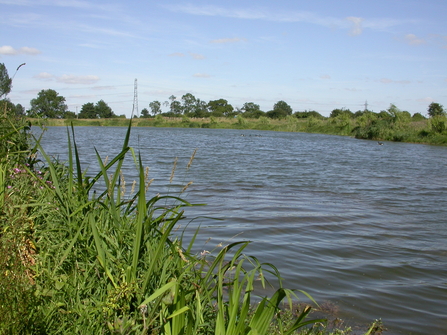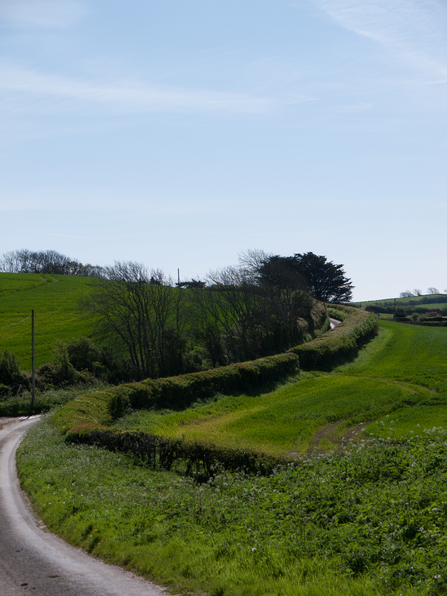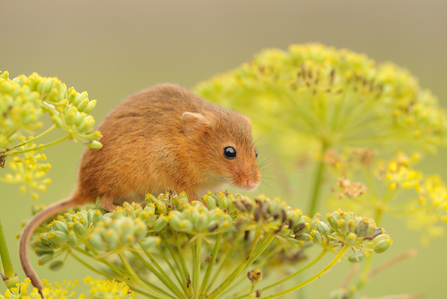
Bruce Shortland
Local Wildlife Sites are often little known, sometimes hidden yet vitally important wild havens - identified and selected locally for their high nature conservation value. They range from ancient woodlands to vibrant meadows abundant with butterflies, quiet churchyards home to bees and birds, bustling flower-rich roadsides and field-bordering hedgerows. They act as refuges for a wealth of wildlife such as the green winged orchid, marsh gentian, the pearl-bordered fritillary, noble chafer beetle, harvest mouse and water vole.
The Wildlife Trusts’ new report, Secret Spaces: The status of England’s Local Wildlife Sites 2014 (download at the bottom of this page) draws on new evidence gathered this year which suggests that more than 10% of the 6,590 Local Wildlife Sites monitored have been lost or damaged in the last five years. As if these losses were not bad enough, this evidence does not highlight the enormous and depressingly extensive history of loss over recent decades. With predicted growth in housing, new roads and other infrastructure all set to increase, changes to farm environment schemes reducing incentives for owners to gain support for Local Wildlife Site management and austerity measures, which threaten the management of publicly-owned Local Wildlife Sites, these last important refuges for wildlife remain vulnerable.


